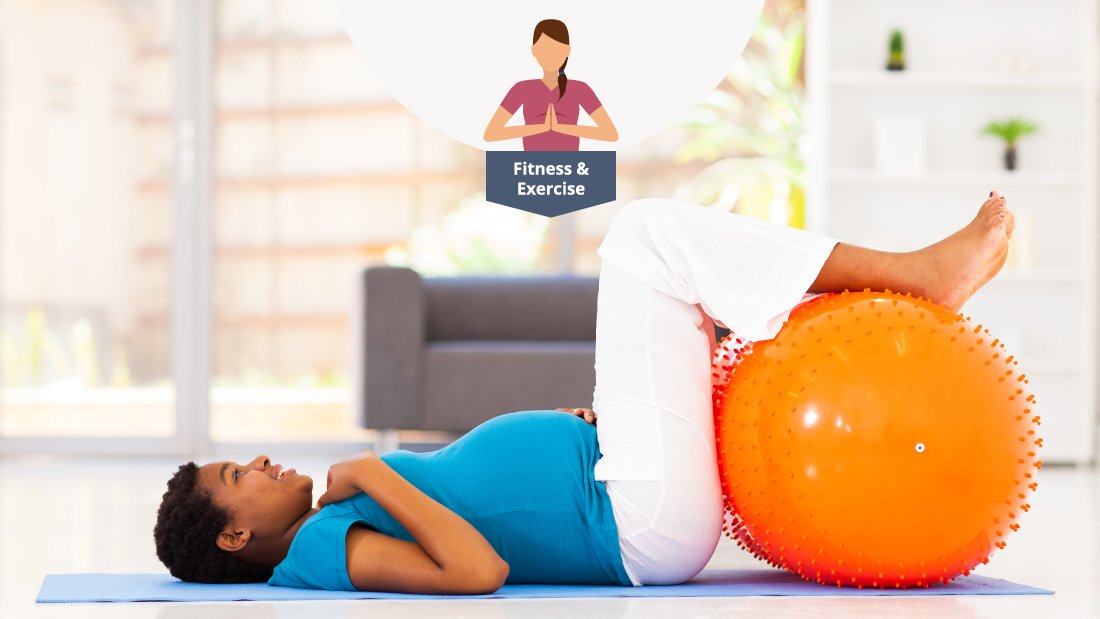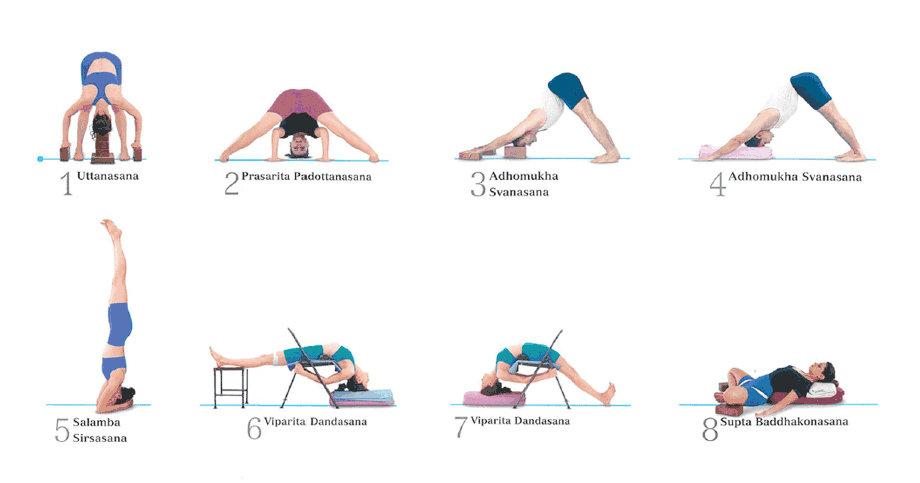
There are many different types of hatha yoga. Ashtanga Yoga and Iyengar are two of the most well-known forms. Both have specific benefits such as lower resting heart rate. Both are physically demanding, and require both flexibility and strength. Many other movements, such as dance and martial arts, influence these styles. You can start by looking for a yoga studio, gym, or other venue that offers classes in both of the styles.
The B.K.S. The B.K.S. Iyengar style is known for its meticulous physical alignment. Because of the strict teachings of Iyengar, this style is sometimes called "drill sergeant"-like. This type of yoga uses props to improve positioning, and allows students with all levels of skill to remain in a position for longer periods of the day. This style is good for beginners regardless of what style.

The tree pose is a very popular pose in the modern Hatha yoga community. Although this pose may seem daunting to a beginner, it is actually quite easy for all levels. Practicing this posture cultivates presence and focus. This posture activates the energy of grounding, or udana vayu, and elevates the consciousness. Another popular variation is the seated spinal twist. This position realigns the vertebrae and opens up the hips and chest.
Iyengar, which is a form of Hatha yoga that traces its roots back to Swami Sivananda the Hindu spiritual teacher, is one of the oldest forms. The classes generally start in a relaxed position called "savasana" and move on to breathing exercises and sun salutation. It is great for beginners, and it promotes overall well-being. It is suitable for all abilities and ages, and can be practiced at all levels.
The eightfolds in yoga form an integrated system of mind, body, and spirit. It is said to help people simplify their consciousness and energy, allowing them to live in harmony with the world around them. Hatha yoga's fundamental goal is to connect the mind and body by breathing. The mind and body can become one by focusing on the breath. This allows the whole body to function as one unit.

Vinyasa is another type of hatha yoga. This style involves linking similar postures. This practice involves repeating movements that are linked to the breath. Vinyasa teachers will use variations and sequencing to help the poses flow from one to the other. This type hatha yoga has a simple learning curve. But, it is essential to be familiar with the basic asanas.
FAQ
What is a good seven-day workout routine?
A seven-day program should include three days of cardio training (running, biking and swimming), two strength exercise (using free weights or weight machines) and one flexibility/core work out (yoga, Pilates). It's essential to do each activity at least once a week. Each session should not take more than 45 mins.
Cardiovascular Exercises: Running, biking, swimming
The goal is to get in at least 60 minutes of cardio activities per week. To achieve the best results, aim to exercise for at least 75 minutes each week. Cardio exercise can improve blood flow and stimulate muscle development.
Strength Training
Cardio exercises target the heart, lungs and muscles. Strength training targets the muscles, tendons and bones. Strength training builds lean muscle mass, which helps burn calories even when resting.
Flexibility and Core Workouts
Core and flexibility exercises are great ways of strengthening your whole body. Both yoga or Pilates are great options.
What does the milk do for men
Next time you buy milk think about what you could do with it. It might also help if you start drinking less coffee.
Both children and adults have been shown to benefit from milk. Milk contains nutrients like vitamin D. Calcium, potassium, phosphorous, magnesium, and other essential nutrients.
It is also good for digestion and bone strength. People who consume dairy products have lower rates of illness and better immune systems.
Also, milk is rich in lactose so people who can't digest this sugar well can still reap the benefits of it without any stomach issues.
You can drink more milk than you would soda or juice. You can strengthen your teeth with the extra calcium and vitaminD found in milk.
If you don’t like milk's taste, you can make your yogurt with plain low fat milk. Yogurt is a great alternative to milk since it is lower in calories and higher in protein.
Probiotics are also found in yogurt, which help with digestion and boost immunity.
Warm milk can help you sleep better if you have trouble falling asleep. Warm milk helps relax muscles and boosts serotonin levels.
What if I exercise and drink alcohol?
Yes. Alcohol has increased energy expenditure, speed up recovery time, and reduced soreness.
Additionally, alcohol can increase insulin sensitivity and make it easier to absorb glucose.
However, alcohol can lead to dehydration that can slow down your metabolism. You may also experience a reduction in testosterone production which can lead to decreased muscle-building potential.
These are the reasons women should not drink alcohol before going to work out. Women who drink heavily should wait at least 24 hours between drinking and working out.
The best thing for women who are pregnant is to avoid alcohol.
Men should have no more than one drink per day.
Statistics
- According to the American Academy of Dermatology (AAD), men over 50 are at a heightened risk of developing it. (healthline.com)
- Candidates and applicants must pass all four tests at 70% (minimum level) to graduate from Basic Deputy U.S. Marshal (BDUSM) Training. (usmarshals.gov)
- The PRS enabled risk stratification for overall prostate cancer and lethal disease with a four-fold difference between men in the highest and lowest quartiles (HR, 4.32; 95% confidence interval [CI], 3.16-5.89). (pubmed.ncbi.nlm.nih.gov)
- By John Thompson Take a whopping 38% off a set of PowerBlock Pros. (menshealth.com)
- Get free shipping and 25% off today. (healthline.com)
External Links
How To
What nutrients does a person need every day?
Men require daily nutrition for healthy growth and development. The body needs vitamins, minerals as well as proteins, carbohydrates and fats.
Specific nutrients are also required by the male body at different times during the day. To give you an example, the body uses energy it receives from food to make hormones and antibodies. You use protein to build muscles and repair damaged tissue when you wake up.
Your body uses the night to break down fat and store extra energy as glucose. Your body will still need nutrients, but it will require fewer calories during this time. You might have an occasional snack during the night if your stomach is feeling hungry.
To fuel your muscles while you train, you will need sufficient carbs as well as protein. Muscle soreness can occur if you work out hard.
To prevent this from happening, you need to consume carbs or protein within two hours. Your body will use stored glycogen to produce glucose for energy.
You must also eat protein right after you finish your workouts. This prevents muscle tissue loss that happens while you sleep.
Your body produces lactic acid during high levels of physical activity. Your body can build up lactic acid in the bloodstream which causes fatigue. You can avoid this by eating carbohydrates-rich foods like fruits and veggies.
Carbohydrates provide energy for your body to recover after strenuous exercise.
Additionally, lean meats, fish and eggs, dairy products, yogurt, cream, cheese, yogurt and beans can be added to your diet.
All these foods are high-quality sources of protein. Protein promotes muscle growth, and helps repair damaged tissues. Protein also supplies the amino acids your body requires to make sex hormones, such as testosterone.
A healthy skin, nails and joints requires sufficient dietary fats. Healthy men require between 20% and 35% of total caloric intake from fat.
Fat helps protect your heart health and prevents cancer. It keeps your brain healthy and functioning well.
Most of the fat you need can be obtained from vegetable oils, including sunflower oil (or soybean oil), peanut oil, peanut oil, soybean oil, and peanut oil.
These oils have high amounts of monounsaturated oil fatty acids, (MUFAs). MUFAs help lower cholesterol and reduce inflammation. They also protect your cells from damage caused by free radicals.
Saturated fats are found in animal products including meat, dairy products, butter and other dairy products. SFAs can increase LDL ("bad") cholesterol as well as triglycerides. They are also good for weight loss and belly fat.
Polyunsaturated oil (PUFAs), which are plant-based, can be found in vegetable oils, nuts seeds, grains, and other plant-based products. PUFAs help improve cardiovascular function, and lower inflammation. They can also control blood sugar levels and cholesterol.
Low HDL ("good") cholesterol is a common cause of erectile dysfunction in men. The consumption of saturated fats raises bad cholesterol which in turn lowers good cholesterol.
Men who eat large quantities of red meats or pork may develop prostate problems. If cooked at high temperatures, the nitrates become nitrosamines. These compounds can cause cancer.
Nitrites and other harmful chemicals are common in processed meats. These chemicals should be avoided.
The American Heart Association recommends limiting red meat intake to two meals per week. Instead, opt for poultry, fish, legumes and tofu as well as whole grains bread and cereals.